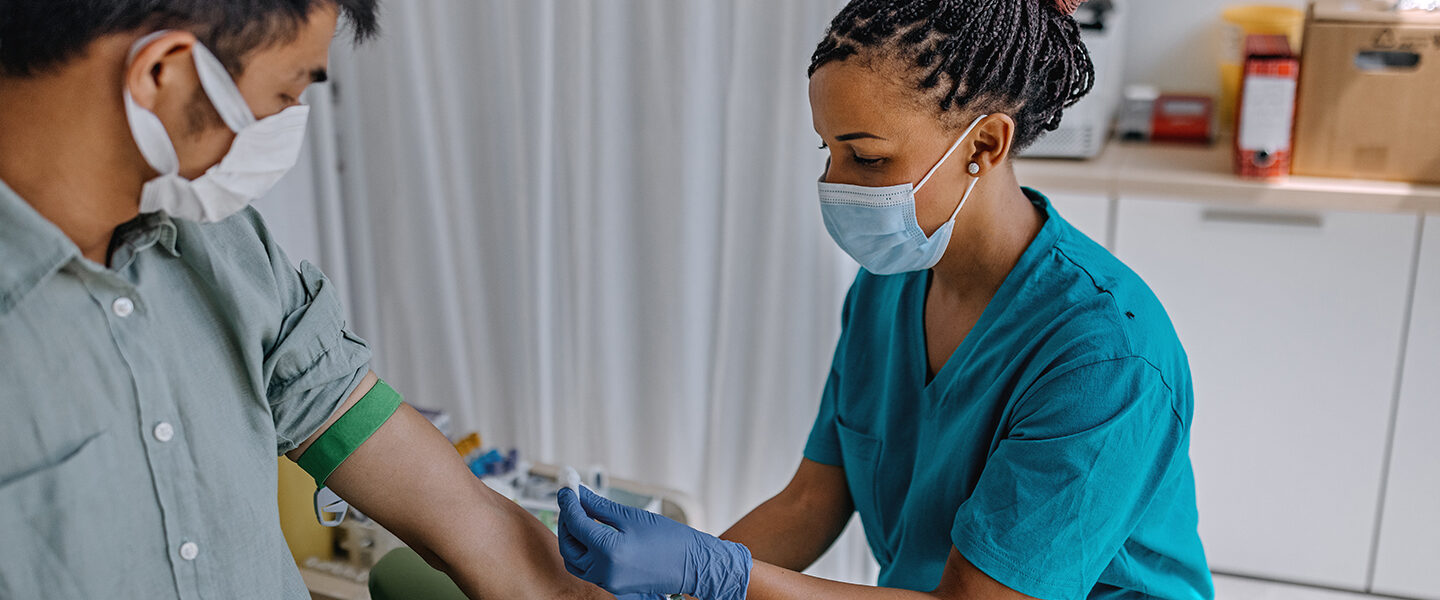Some Known Facts About Northeast Medical Institute - New Haven Campus Phlebotomy Course & Cna Class.
Some Known Facts About Northeast Medical Institute - New Haven Campus Phlebotomy Course & Cna Class.
Blog Article
The Definitive Guide for Northeast Medical Institute - New Haven Campus Phlebotomy Course & Cna Class
Table of ContentsSome Known Details About Northeast Medical Institute - New Haven Campus Phlebotomy Course & Cna Class Getting The Northeast Medical Institute - New Haven Campus Phlebotomy Course & Cna Class To WorkNortheast Medical Institute - New Haven Campus Phlebotomy Course & Cna Class Can Be Fun For Everyone4 Simple Techniques For Northeast Medical Institute - New Haven Campus Phlebotomy Course & Cna ClassThe Northeast Medical Institute - New Haven Campus Phlebotomy Course & Cna Class PDFs8 Simple Techniques For Northeast Medical Institute - New Haven Campus Phlebotomy Course & Cna Class
The use of such tools ought to be accompanied by various other infection prevention and control practices, and training in their usage.For settings with low sources, expense is a driving factor in purchase of safety-engineered gadgets. Where safety-engineered tools are not available, experienced use of a needle and syringe is acceptable.
Among the important pens of quality of care in phlebotomy is the involvement and collaboration of the patient; this is mutually helpful to both the health and wellness worker and the person. Clear info either written or verbal ought to be readily available per person who undertakes phlebotomy. Annex F offers example text for clarifying the blood-sampling treatment to a patient. labelling); transportation conditions; analysis of outcomes for medical administration. In an outpatient department or center, supply a specialized phlebotomy workstation containing: a tidy surface with 2 chairs (one for the phlebotomist and the other for the individual); a hand wash basin with soap, running water and paper towels; alcohol hand rub. In the blood-sampling room for an outpatient department or facility, offer a comfy reclining couch with an arm rest.
The 9-Minute Rule for Northeast Medical Institute - New Haven Campus Phlebotomy Course & Cna Class
Make sure that the indications for blood sampling are clearly defined, either in a created procedure or in documented directions (e.g. in a lab form). At all times, comply with the methods for infection prevention and control provided in Table 2.2. Infection prevention and control techniques. Accumulate all the equipment needed for the procedure and place it within safe and simple reach on a tray or trolley, guaranteeing that all the products are plainly visible.
Introduce yourself to the patient, and ask the client to state their full name. Inspect that the lab type matches the patient's identification (i.e. match the individual's information with the lab type, to make certain accurate recognition).
Make the individual comfortable in a supine setting (if possible). The person has a right to reject a test at any kind of time prior to the blood sampling, so it is essential to ensure that the person has actually recognized the treatment - PCT Classes.
The Ultimate Guide To Northeast Medical Institute - New Haven Campus Phlebotomy Course & Cna Class
Prolong the client's arm and check the antecubital fossa or lower arm. Find a vein of a good size that shows up, straight and clear. The layout in Area 2.3, shows common settings of the vessels, however numerous variants are feasible. The median cubital capillary lies in between muscular tissues and is generally the most easy to pierce.
DO NOT place the needle where capillaries are diverting, due to the fact that this boosts the opportunity of a haematoma. The capillary should be noticeable without applying the tourniquet. Finding the vein will certainly help in establishing the proper size of needle. Use the tourniquet regarding 45 finger widths above the venepuncture site and re-examine the blood vessel.
Haemolysis, contamination and visibility of intravenous fluid and medicine can all alter the outcomes (39. Nursing personnel and medical professionals may access central venous lines for specimens adhering to methods. Specimens from central lines lug a risk of contamination or wrong research laboratory test results. It is appropriate, however not ideal, to injure samplings when first introducing an in-dwelling venous device, before attaching the cannula to the intravenous liquids.
The Northeast Medical Institute - New Haven Campus Phlebotomy Course & Cna Class Ideas
Failure to enable enough get in his comment is here touch with time boosts the threat of contamination. DO NOT touch the cleaned up website; in specific, DO NOT put a finger over the vein to guide the shaft of the revealed needle.
Ask the patient to create a clenched fist so the veins are more famous. Get in the vein promptly at a 30 degree angle or less, and remain to introduce the needle along the vein at the most convenient angle of entrance - Phlebotomy Classes. Once adequate blood has been gathered, release the tourniquet prior to withdrawing the needle
Some Ideas on Northeast Medical Institute - New Haven Campus Phlebotomy Course & Cna Class You Need To Know
Withdraw the needle carefully and use gentle pressure to the website with a clean gauze or dry cotton-wool sphere. Ask the person to hold the gauze or cotton woollen in location, with the arm extended and increased. Ask the person NOT to bend the arm, because doing so causes a haematoma.

Some Known Details About Northeast Medical Institute - New Haven Campus Phlebotomy Course & Cna Class
Do not press the syringe plunger due to the fact that additional stress raises the threat of haemolysis. Where possible, maintain televisions in a shelf and move the rack towards you. Inject downwards right into the ideal coloured stopper. DO NOT get rid of the stopper due to the fact that it will certainly release the vacuum. If the example tube does not have a rubber stopper, infuse very gradually into television as decreasing the stress and velocity made use of to transfer the specimen decreases the threat of haemolysis.

Report this page